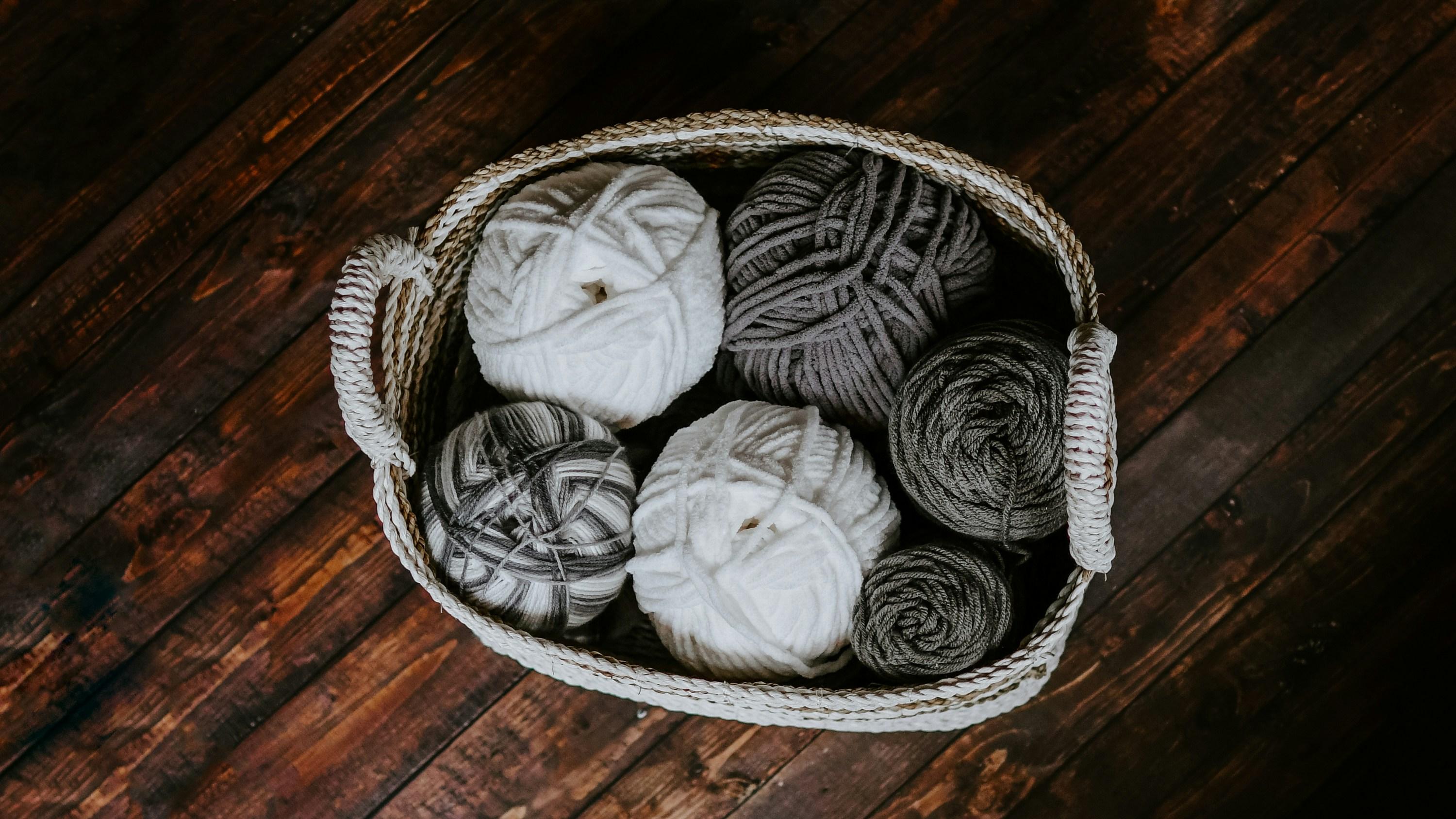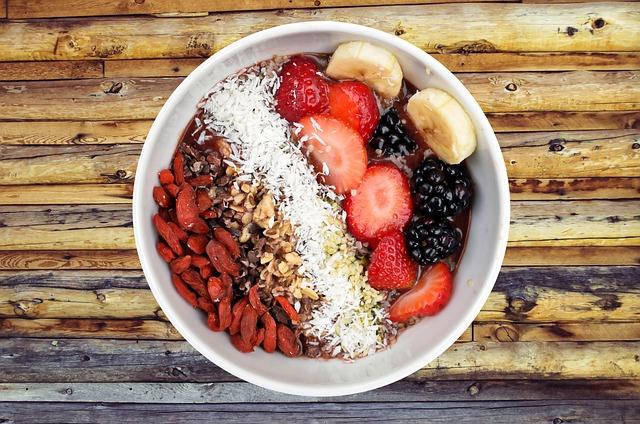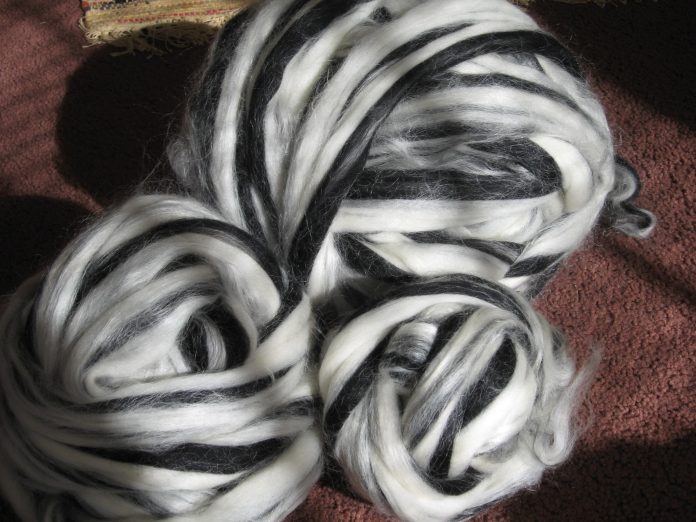In the symphony of nutrition, where proteins, fats, and carbohydrates often take center stage, fiber plays the role of an unsung hero, quietly orchestrating a harmony of health within our bodies. Imagine a world where digestion flows seamlessly, blood sugar levels waltz in perfect balance, and heart health beats to a steady rhythm. This is the world fiber helps to create. Despite its understated presence on our plates, fiber is a powerful force in maintaining a balanced and healthy diet. In this article, we will explore the multifaceted role of fiber, unraveling its mysteries and revealing how this humble dietary component can transform the way we feel, perform, and live. Join us as we delve into the fibers of nutrition, uncovering the essential threads that weave together a robust and vibrant life.
Understanding Fiber: The Unsung Hero of Nutrition
In the world of nutrition, fiber often takes a backseat to flashier nutrients like proteins and vitamins. However, its importance cannot be overstated. Fiber is a type of carbohydrate that the body cannot digest, yet it plays a crucial role in maintaining overall health. It is found in a variety of plant-based foods and is essential for a balanced diet. By aiding in the regulation of the body’s use of sugars, fiber helps to keep hunger and blood sugar in check, making it an indispensable ally in the journey towards a healthier lifestyle.
- Digestive Health: Fiber adds bulk to the stool and helps food pass more quickly through the digestive tract, preventing constipation and promoting regular bowel movements.
- Heart Health: Regular intake of fiber can help reduce cholesterol levels, which is beneficial for cardiovascular health.
- Weight Management: High-fiber foods are more filling, which can help control weight by reducing overall calorie intake.
- Blood Sugar Control: Fiber, particularly soluble fiber, can slow the absorption of sugar, helping to improve blood sugar levels.

Exploring the Types of Fiber and Their Unique Benefits
Fiber is an essential component of a balanced diet, playing a crucial role in maintaining digestive health and overall well-being. There are two primary types of fiber: soluble and insoluble, each offering unique benefits to the body. Soluble fiber dissolves in water, forming a gel-like substance that can help lower blood cholesterol and glucose levels. It is commonly found in foods like oats, apples, and beans. On the other hand, insoluble fiber does not dissolve in water and aids in moving material through the digestive system, promoting regularity and preventing constipation. This type of fiber is abundant in whole grains, nuts, and vegetables.
Beyond these primary categories, certain fibers like prebiotics and resistant starches are garnering attention for their health benefits. Prebiotics, found in foods like garlic and onions, serve as food for beneficial gut bacteria, enhancing gut health and immunity. Resistant starches, present in cooked and cooled potatoes or green bananas, act similarly by bypassing digestion in the small intestine and fermenting in the large intestine, which can improve insulin sensitivity and promote a feeling of fullness. Including a variety of fiber-rich foods in your diet can thus support not just digestion, but also heart health, weight management, and even mental well-being.

Incorporating Fiber-Rich Foods into Your Daily Meals
can be both a delightful and beneficial experience for your health. Start your day with a bowl of oatmeal topped with fresh fruits and nuts, a simple yet powerful way to boost your fiber intake. Consider adding a variety of beans and lentils to your lunch salads or soups, providing a hearty texture and a nutritional punch. For dinner, experiment with whole grains like quinoa or barley, which can easily replace refined grains in your favorite recipes. These small changes can transform your meals into fiber-rich feasts without compromising on taste.
- Breakfast: Whole grain cereals, berries, chia seeds.
- Lunch: Leafy greens, chickpeas, avocado.
- Dinner: Sweet potatoes, brown rice, broccoli.
- Snacks: Almonds, popcorn, apples.
Remember, it’s all about balance and variety. Mixing different sources of fiber not only keeps your palate excited but also ensures you get a diverse range of nutrients. So, get creative in the kitchen and watch your meals become not only more colorful but also more health-enhancing.

Practical Tips for Meeting Your Daily Fiber Needs
Incorporating sufficient fiber into your daily diet doesn’t have to be a daunting task. Here are some straightforward tips to ensure you’re getting enough fiber every day:
- Start your day with fiber-rich breakfast options: Choose whole-grain cereals or oatmeal, topped with fruits like berries or bananas for an extra fiber boost.
- Opt for whole grains: Replace white bread, rice, and pasta with whole-grain alternatives. Look for labels that say “100% whole grain” or “100% whole wheat” to ensure you’re making the best choice.
- Snack smart: Keep fiber-rich snacks handy, such as nuts, seeds, and raw vegetables. Carrot sticks, almonds, or a handful of sunflower seeds can make a satisfying and nutritious snack.
- Load up on legumes: Incorporate beans, lentils, and chickpeas into your meals. They are not only high in fiber but also a great source of protein.
- Add fruits and vegetables to every meal: Aim to fill half your plate with colorful fruits and veggies. These are not only rich in fiber but also packed with essential vitamins and minerals.
By making these small, manageable changes to your diet, you can easily meet your daily fiber needs and support your overall health and well-being.
Key Takeaways
As we conclude our exploration into the vital role of fiber in a healthy diet, it becomes clear that this humble nutrient is far more than just a dietary afterthought. It weaves its way through our digestive systems, nurturing our bodies with every bite, and supporting a life of wellness and balance. Whether found in the vibrant hues of fruits and vegetables or the hearty grains that fill our plates, fiber is the unsung hero that helps us flourish from the inside out. As we continue our journey toward better health, let us remember to embrace the diversity of fiber-rich foods and the myriad benefits they bring. Here’s to a future where every meal is an opportunity to nourish and thrive, with fiber as our steadfast companion.


































